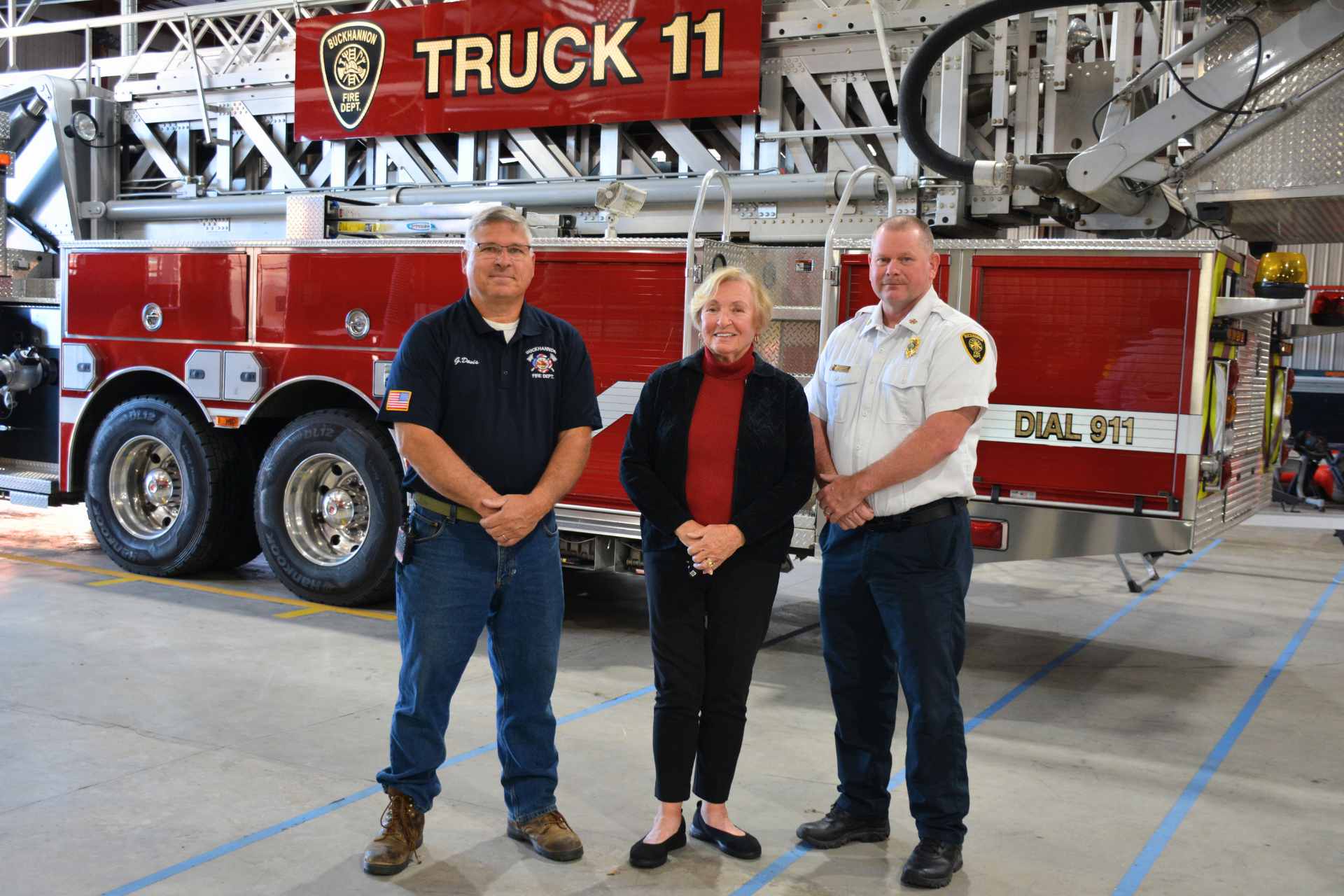Pectus carinatum is a condition in which the chest wall grows outward, making the chest jut out. It is a fairly common condition, occurring in one in 1,500 children with 50 percent of patients with the condition having a positive family history. The Pectus brace is used to correct the deformity.
“It’s a very simple concept,” Federico Seifarth, M.D., WVU Medicine Children’s surgeon-in-chief and chief of pediatric general surgery, said. “The device wraps like a belt around the maximum protrusion of the chest. It is attached to aluminum plates that provide constant compression from the front and back and not the sides.”
Each brace is individually manufactured based on a 3D scan of the patient’s chest in order to fit their specific needs. Depending on the patient’s skeletal development, the brace is worn for around 35 weeks in order to correct the deformity. After the first six weeks, the patient can begin to take the brace off for a few hours a day in increasing amounts of time.
Patients can go about their normal activities while wearing the brace, but they should not participate in sports while wearing the brace. Once the first six weeks have passed and they are able to take breaks from wearing the brace, they can return to athletics during their breaks.
Left untreated, pectus carinatum can lead to subjective rejection of the chest shape (body dysmorphic disorder), pain, or shortness of breath. In some cases, patients require a combination of surgery and bracing to correct chest wall deformities.
“This treatment requires commitment from both the patient and their parents,” Dr. Seifarth said. “The patient has to consistently wear the device in order to see the full benefit of treatment, even though it can be uncomfortable at times, especially in the beginning. I frequently compare it to wearing braces for your teeth. It is not pleasant, but it is an investment for the rest of your life.”
The device is available for children and adolescents 10-18 years old and is ideally used at the end of a growth spurt, when the bones and skeleton are still soft. Using the brace in children who are near full growth reduces the need to upsize the brace.
“Kids in this age group are going through puberty and becoming sensitive about their self-image,” Seifarth said. “When children do not feel comfortable in their body, they start to avoid certain activities and become vulnerable to being picked on and isolated from their peers. While this procedure falls under the category of corrective surgery, it isn’t comparable to an adult having a cosmetic procedure. Correcting this issue while the patient is young can have a huge impact on their development and body image.”
For more information on WVU Medicine Children’s, visit WVUKids.com.

















